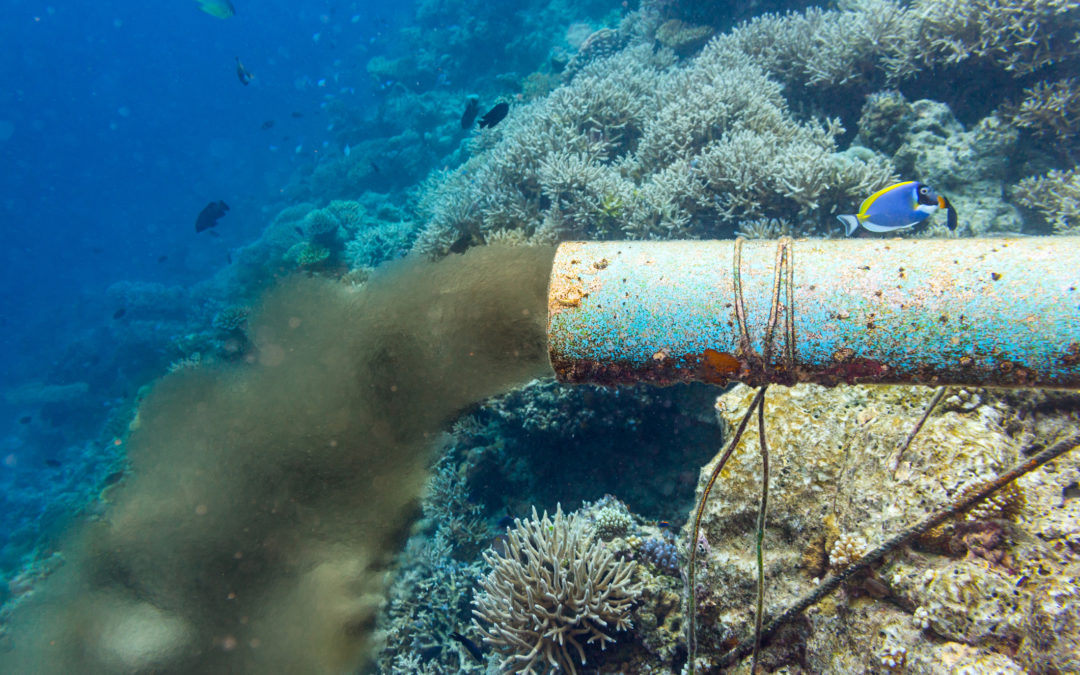In many ways, pollution control was a political football.
Book excerpts:
- We were being hoisted on our own petard by a bunch of unaccountable White House bureaucrats assigned to OMB.
- There was no meaningful standard operating procedures and information management system to back it up when the Reagan/EPA was installed. This set up a no-win for the Reagan EPA leadership, including me, no matter what our enforcement posture was or perceived by Reagan’s political opponents.
- Ronald Reagan’s political enemies seized his Achilles’ heel, the EPA, and aligned their interests and message to demonize Anne Gorsuch. Their goal — to politicize EPA as a means of getting to the President and weaken him for the next election. They were willing to sacrifice EPA and its mission rather than debate and improve the means and methods of environmental protection moving forward. They played into the pathos of some EPA staff and magnified their belief that they were singled out and unjustly beleaguered by budget cuts and threats of forced separation — unjust because of the self-evident importance of their mission. Loss of staff moral became a self-fulfilling prophecy. In the end, however, Anne handed them the prize.
- Reagan’s political enemies had a problem. Reagan was likable and very popular as a person. He forged a strong bond with Tip O’Neil, the Democratic Speaker of the House, and was willing to compromise. It was doubtful that the liberal elite could get the traction to blunt Reagan’s agenda in all but the EPA. Hence, the very shrewd people who populated the echelons of the environmental lobby focused on bringing down Gorsuch by birddogging everything she did and used the print media to amplify their central allegation. Reagan’s political opponents agreed on this slogan to characterize our actions: “Backing away from enforcement of environmental laws.
- Environmentalists pointed an accusing finger at Anne and the rest of us for mismanagement, even while ignoring the overwhelming evidence that the Carter Administration had left us with a staggering backlog of unfinished business — a chronic problem each predecessor EPA administration passed on to their successor. Mismanagement at EPA was chronic since its inception owing to insufficient budget, personnel, impossible statutory or court ordered deadlines to write regulations, and most importantly, the lack of continuity in senior management owing to the revolving door of its political leadership who were appointed by the President.
- In the end, the Contempt of Congress citation that really had nothing to do with Anne or me, and Rita’s firing were the two events that brought down the house. This was not Anne’s fault, certainly not my fault. It was Ronald Reagan’s.
- I had lost my idealism, EPA was a political animal, and the environment just another political issue. It was never about EPA or its leadership or the policies we tried to put into place. They were only the vehicles to a bigger prize. It was about political power and the willingness to sacrifice any federal agency in the name of power and partisan politics. This message resonates today.
- Senator Howard Baker (R-TN), Senator Robert Stafford (R-VT) and Senator John Chafee (R-RI) seemed oblivious to the realities of what was going on in society regarding the EPA, and the rising chorus of criticism of EPA by many of their constituents. Their cry for bipartisan support for EPA and how it conducted itself was subsumed by a one-size-fits-all viewpoint devised by the environmental elite, who controlled the narrative that pressed for ratcheting down on technology to achieve zero emissions of pollutants without adequately weighing the costs or benefits of doing so or tradeoffs on achieving or supporting other values in our society; and who fundamentally distrusted states. If one did not subscribe to this worldview, then one was a partisan.
- To those critics who are suspicious of local people and local governments, and who believe that all good things come from the Federal Government on the banks of the Potomac River, this is proof that you are wrong!
- Congress was correct in making 208 areawide water quality management planning a national priority. However, the language of the statute confused the importance of linking management agency designation with land use and police powers. The timelines mandated by Congress for initial plan development were wildly inadequate, given the scope of the study, and completely out of sync with other major regulatory provisions of the 1972 Act. EPA’s implementation of 208 exacerbated this problem, and sent mixed signals to local governments as to what the singular priority of the Clean Water Act was — to meet the fishable-swimmable goals, as expressed in state Water Quality Standards. With agricultural and urban non-point sources of pollution causing impairment of uses today, Section 208 needs rebooting.
- As long as we are an industrial consumer-oriented society, we will create wastes, try to recover or recycle what we can economically justify from the wastes, and dispose of residual wastes on the land, in the air, water, estuarine, and marine resources. This cannot be accomplished without the full cooperation of state and local government. These are not only command and control solutions promulgated by the EPA in Washington, D.C. They require attention by general purpose government with police and land use powers under a planning process that is indeterminate in time, that is institutionalized into the multi-faceted responsibilities of local governments where strict accountability to the electorate remains.

